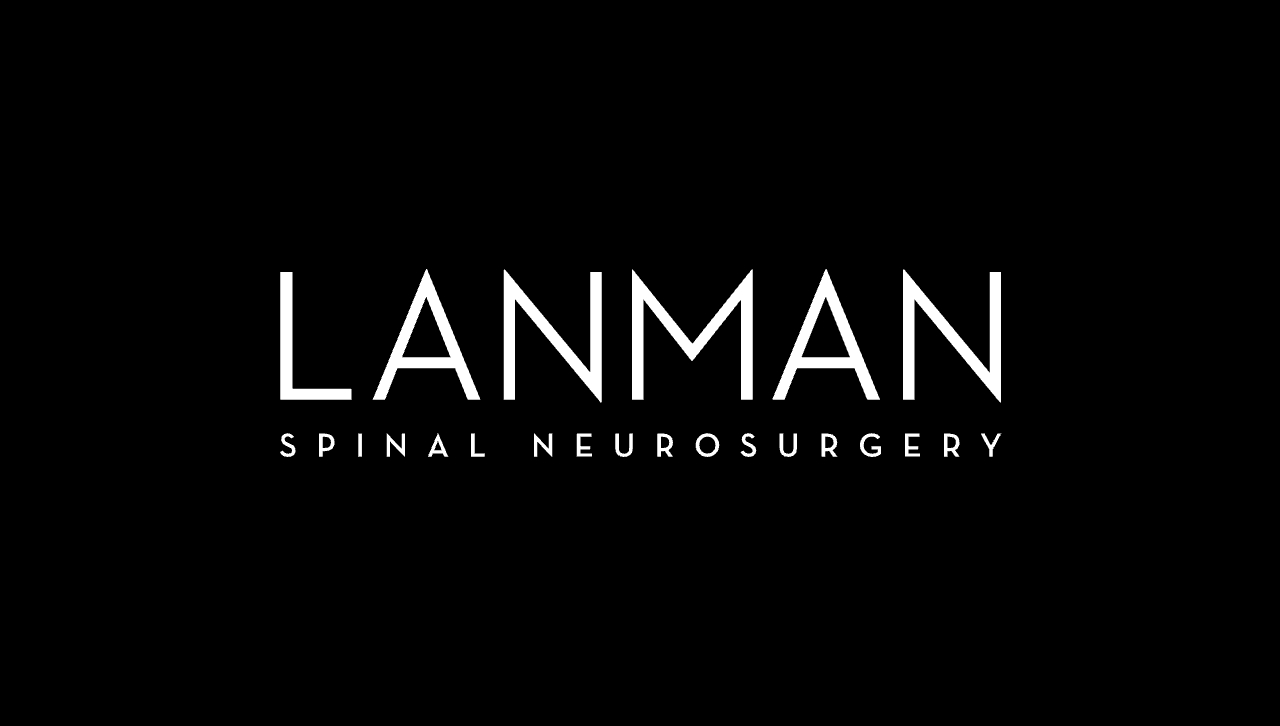Motion-Preserving Surgery
Did you know that at one time, chronic hip or knee pain was treated with joint fusion? Orthopedic surgeons would fuse the knee or hip joints together. While the fusion surgery relieved pain, it also meant a life without movement of that joint. Today, surgeons replace the knee or the hip with an artificial joint, which everyone agrees is a much better choice.
We now can do the same for spinal bones (vertebrae). The vertebral segments are separated by discs which allow for movement of the spine along with smaller joints, called facet joints. Instead of fusing the bones together and permanently eliminating motion, spine surgeons can perform artificial disc replacement, which relieves pain and preserves spinal motion.
Fusion vs. Motion Preservation
Traditional spinal fusion surgery involves permanently joining two or more vertebrae to stabilize the spine. While this reduces pain, fusion can limit flexibility and potentially lead to additional stress on adjacent discs above and below the fused bones. In contrast, motion-preserving spine surgery such as artificial disc replacement, dynamic stabilization. and facet replacement reduce pain as well as (or better) than spinal fusion. but provide the impressive benefit of maintaining a more natural structure and movement of the spine. This reduces the chances for further surgery at adjacent discs.
Key Benefits of Motion Preservation
Pain Relief and Improved Spine Mobility
A spine surgeon recommends spinal fusion or artificial disc replacement when a diseased spinal disc is causing pain and other symptoms. The spine surgeon is going to remove the problematic disc in both cases, which usually relieves these symptoms.
The main difference between the two procedures is what is done with the space that remains once the damaged disc is removed. In spinal fusion, bone matrix is placed in the space in the hopes that the two bones will fuse into one large bone.
In artificial disc replacement, on the other hand, a device that has been designed to mimic the natural disc is inserted into the space, providing height, stability, and range of motion. Patients who undergo motion-preserving surgery, such as artificial disc replacement, often experience better overall mobility and flexibility. This preserved range of motion means participating in daily activities, work. and sport in ways that had not been possible with chronic neck or low back pain.
Patients who undergo motion-preserving surgery, such as artificial disc replacement, often experience better overall mobility and flexibility.
Faster Recovery and Rehabilitation
Motion-preserving techniques often result in shorter hospital stays and quicker returns to daily activities compared to traditional fusion surgeries. It can take several months for the fused space between spinal bones to fully heal, whereas an artificial disc integrates into the space in a fraction of the time. This faster recovery time can significantly improve the patient’s overall experience and quality of life during the healing process.
Reduced Stress on Adjacent Segments
Motion-preserving technologies are designed to mimic the spine’s natural structure and motion. Instead of locking the bones in place and creating highly unusual forces on the spine, an artificial disc distributes forces more evenly and naturally. Indeed, one of the biggest advantages of motion-preserving techniques is a decreased risk of adjacent segment degeneration. In fusion surgeries, the immobilized vertebrae can place additional stress on neighboring segments, potentially leading to accelerated wear and tear. Motion preservation helps distribute forces more evenly along the spine, reducing the likelihood of future problems in adjacent areas.
Lower Risk of Additional Surgeries
Unlike other orthopedic joints, the spine is unique in that all the levels of the spine (each motion segment) are stacked one on top of the other and are affected by the other segments, especially adjacent segments (the levels directly above or below). By preserving natural spine movement and reducing stress on adjacent segments, motion-preserving surgeries may decrease the need for future interventions. Data shows that fusion patients are 2.9 times more likely to need additional surgery at adjacent discs. Using the motion-preserving alternative, patients may be able to avoid revision surgeries, which will reduce long-term healthcare costs and provide far better outcomes for patients.
Multiple Level Artificial Disc Replacement
One place in which motion-preserving therapies really shine is when they are used to treat diseased discs at several levels of the spine. For example, a multi-level artificial disc replacement surgery involves implanting more than one artificial disc in the spine. Consider someone who has severe degenerative disc disease at multiple levels in their cervical spine (neck). They have severe neck pain, shoulder pain, and numbness and tingling down one arm with a weak hand. Life is miserable and conservative treatments did very little to help the situation.
If the person in this scenario is treated with a multi-level spinal fusion, it will likely relieve the pain and other symptoms, but will significantly limit bending, extending, and twisting the neck.
If everything heals according to plan, the spinal bones in the neck will be fused solid. As an alternative option. a multi-level artificial disc replacement surgery will also relieve the pain and other symptoms, but the spinal bones in the neck will continue to move relative to one another. This not only results in the preservation of neck motion. but often also restores motion that had been lost by the damaged discs.
Considerations and Patient Selection
While motion-preserving spine surgery offers numerous benefits, it is not suitable for everyone. People with osteoporosis, severe facet joint disease, spinal deformities, cancer, or certain chronic illnesses may not be eligible.
However, we have learned over the past decade that some people who we once thought would not be ideal candidates for motion-preserving treatments like artificial disc replacement actually do extremely well. Therefore, patients need to consult with a spine surgeon who has extensive experience with both spinal fusion and artificial disc replacement and other motion-preserving techniques. This will ensure that the patient is offered the best solution for their unique pathology.








